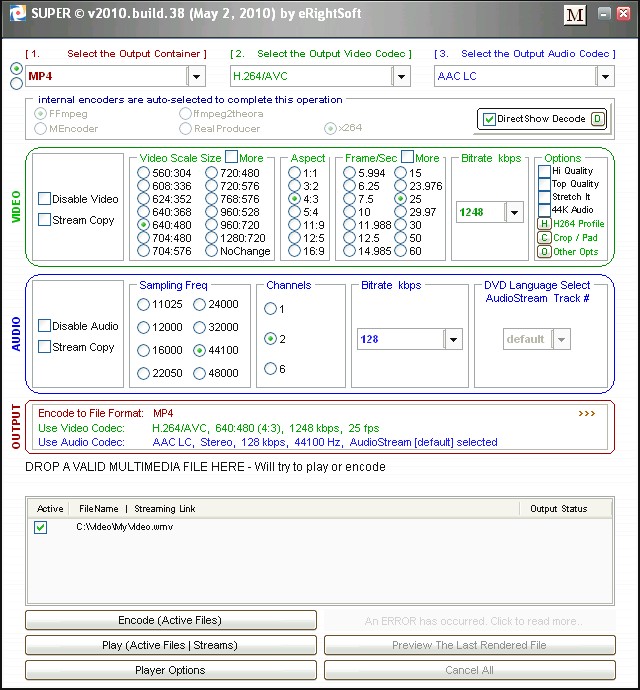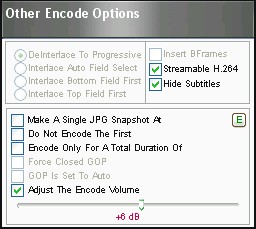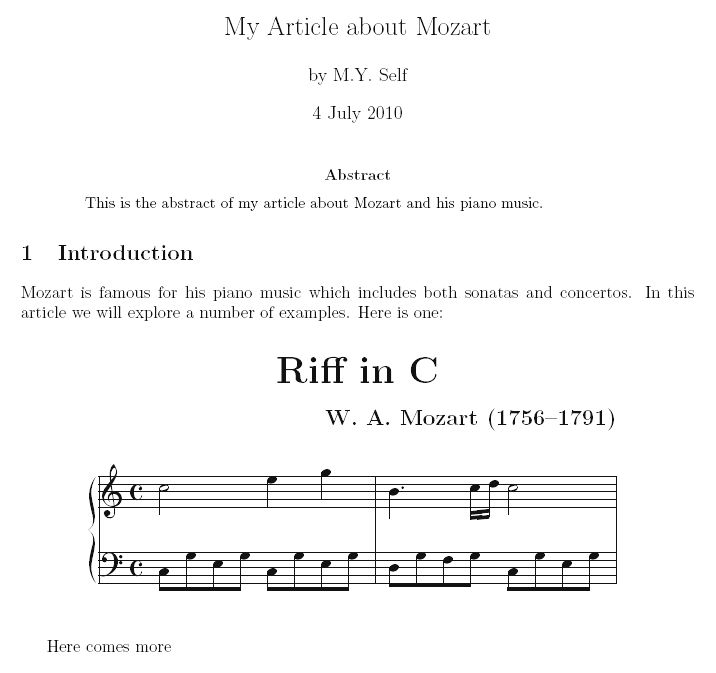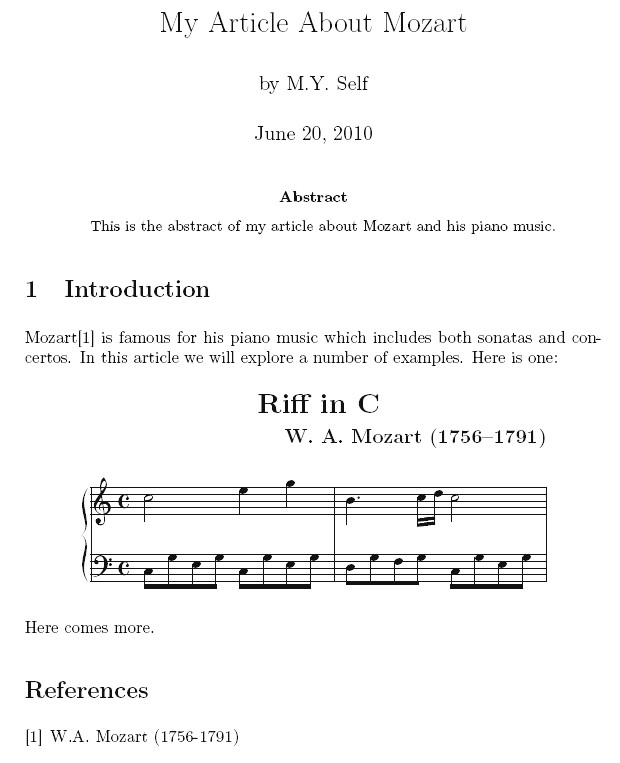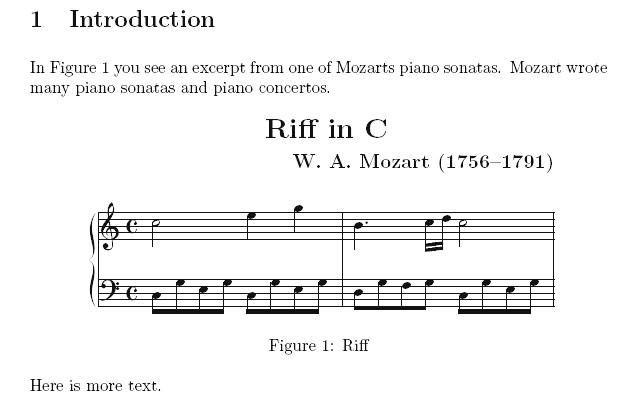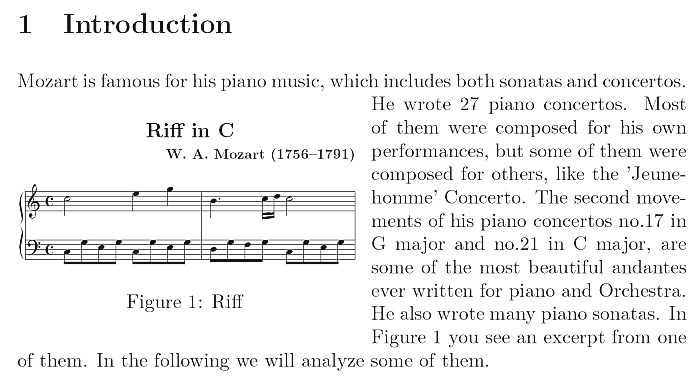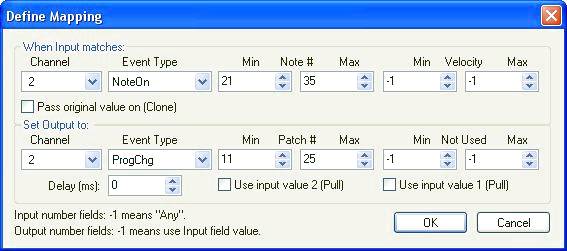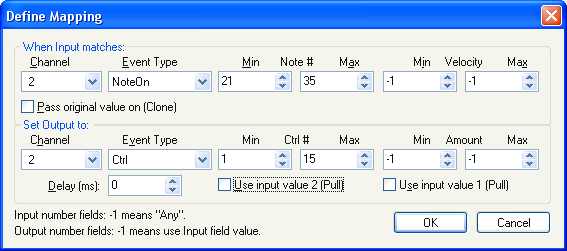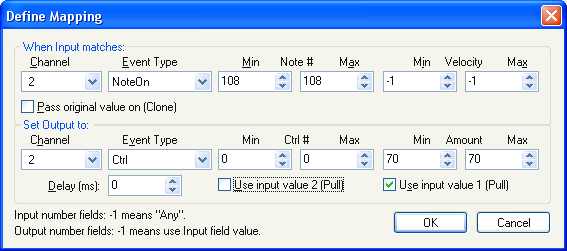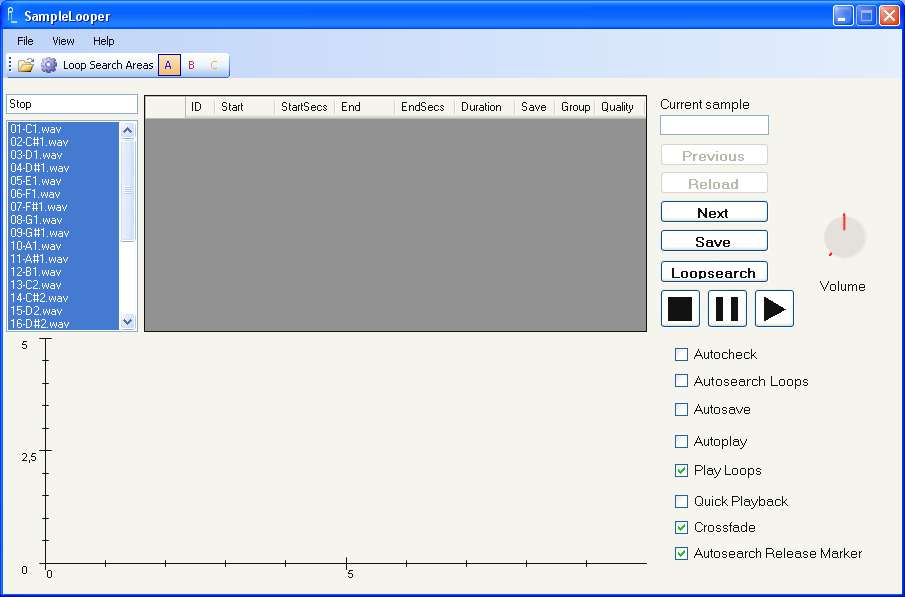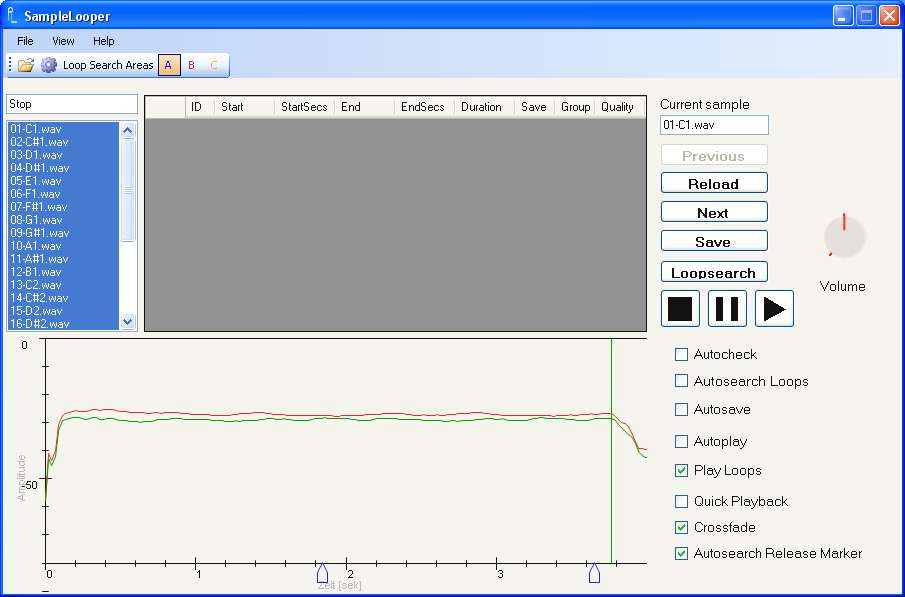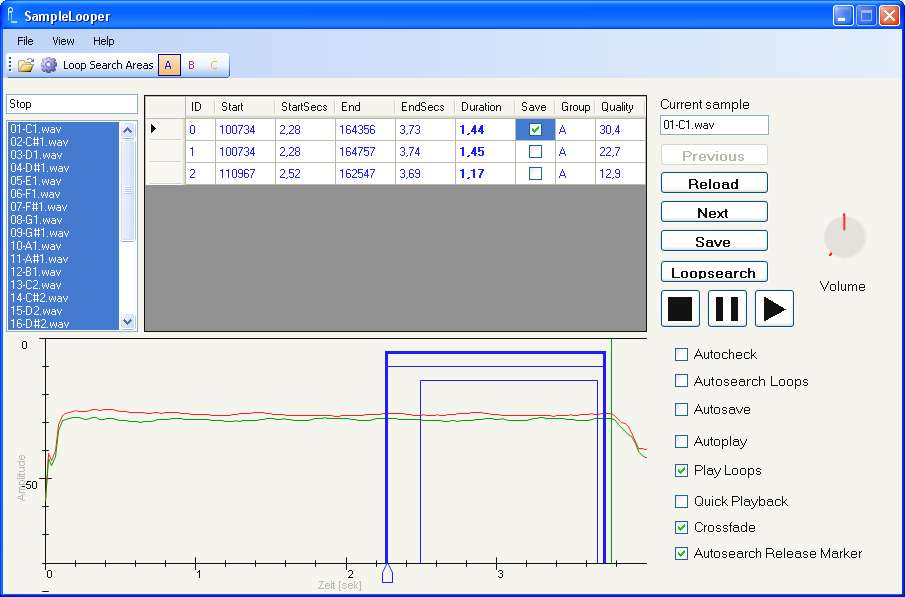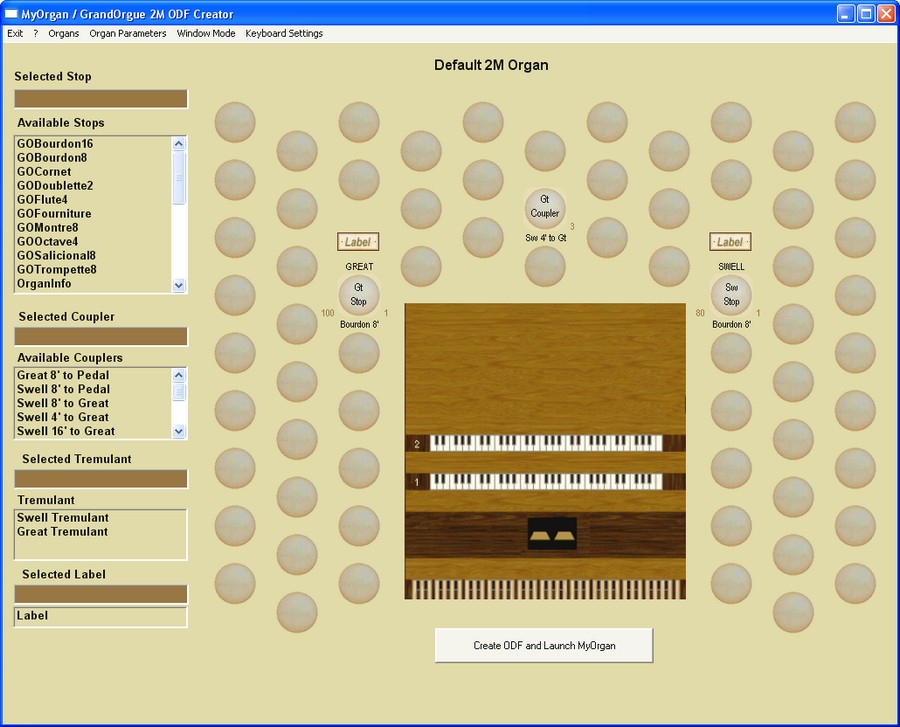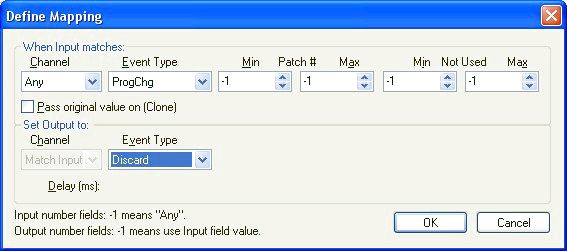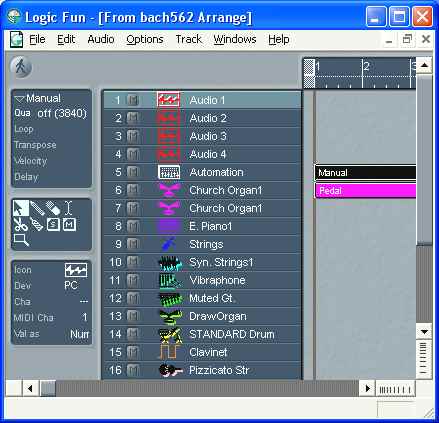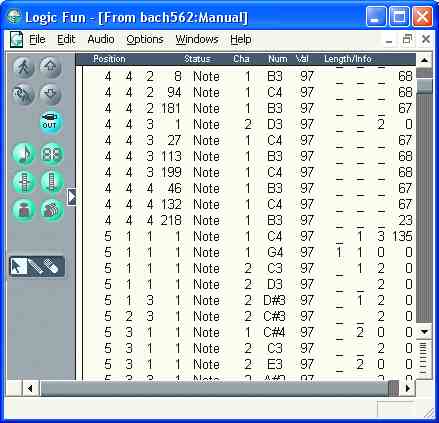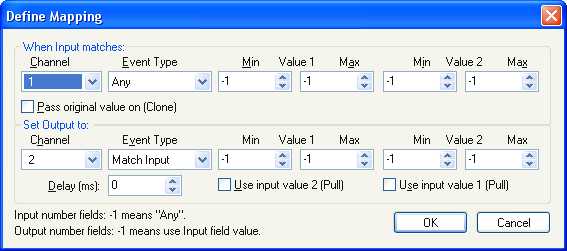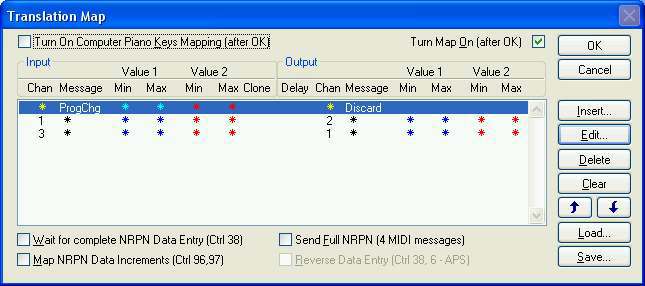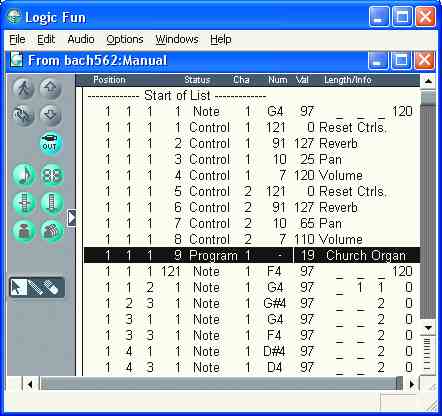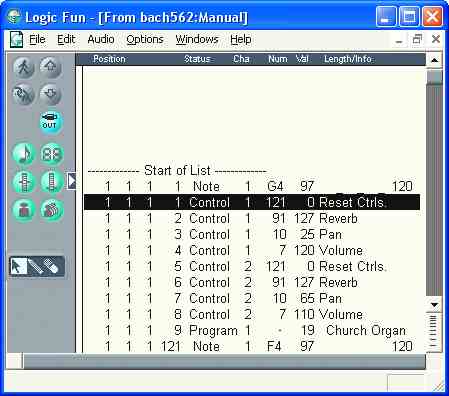| Add Music to your Homepage! |
This site
offers 'hands-on' tutorials on software of interest to musicians and to
people who wish to build their own website with music- and video
content. All tutorials have been tested successfully on Windows
XP, but as always, use it at your own risk. To simplify
matters, I assume that all files
are in the same directory on your server. If you store your
files in different directories, make sure to include the paths.
| To navigate this page, click on a title in the Table of Contents and to get back again click |

 If
you don't need to record the audio and video separately, you could
consider the Q3HD
video recorder (~$300) which is basicly a Zoom audio
recorder with added HD video capability.
If
you don't need to record the audio and video separately, you could
consider the Q3HD
video recorder (~$300) which is basicly a Zoom audio
recorder with added HD video capability.